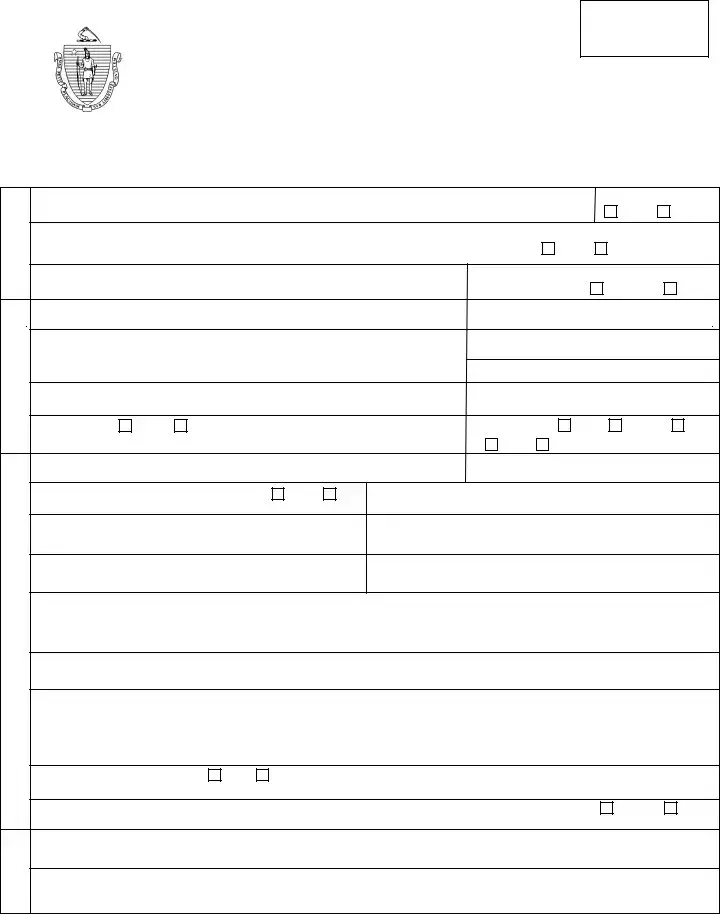What is Form 101 and who needs to file it?
Form 101, also known as the Employer’s First Report of Injury or Fatality, must be filed by employers in Massachusetts in the event of an employee's injury that results in death or five or more calendar days of total or partial incapacity from earning wages. This requirement helps in the administration of workers' compensation claims.
When must Form 101 be filed?
Employers should file Form 101 within 7 calendar days, not including Sundays and legal holidays, after they receive notice of any injury that arose out of and during the course of employment and leads to total or partial incapacitation for a period of five or more calendar days.
Where should Form 101 be filed?
This form should be mailed to the Department of Industrial Accidents at the address provided on the front side of the form. Copies of the filed form must also be given to the injured employee and the employer’s workers' compensation insurance carrier.
Is the submission of Form 101 an admission of liability?
No, submitting Form 101 is not an admission of liability by the employer. It is required even if the employer believes the employee is not injured or is not entitled to benefits under the Massachusetts General Laws, Chapter 152.
What information is required on Form 101?
The form requires detailed information such as the employee’s name, address, social security number, employment details like date of hire, average weekly wage, and specifics of the injury including date, location, nature of the injury, whether it was reported, and by whom, among other details.
What are the penalties for failing to file Form 101?
Failure to report injuries using Form 101 can result in a fine of $100.00 as per the Massachusetts General Laws, Chapter 152, Section 6.
Can Form 101 be filed electronically?
The document provided does not specify whether electronic submission is allowed, so it's best to contact the Department of Industrial Accidents directly or visit their website for the most current filing methods.
Who prepares Form 101?
Form 101 must be prepared and filed by the employer, or an authorized agent or representative of the employer. It requires the preparer's name, title, and signature.
Does Form 101 serve as an employee's claim for workers' compensation benefits?
No, filing Form 101 does not constitute an employee's claim for benefits under workers' compensation. It is simply the employer's report of an injury or fatality.
What should an employer do if an employee returns to work after an injury?
If an employee returns to work after an injury, the employer should update the relevant information regarding the date of return and whether the employee has returned to their regular occupation on the form.

